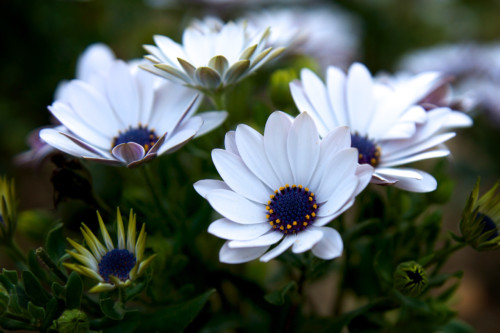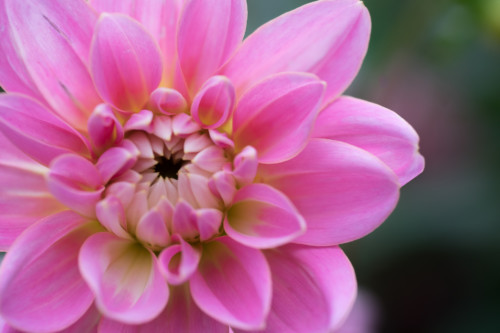
An Intro To Flower Gazing Meditation
“People from a planet without flowers would think we must be mad with joy the whole time to have such things about us.” -Iris Murdoch
Flowers are symbols of life, openness, and beauty. They are usually present for life’s biggest moments- in childbearing wings of hospitals, at graduation ceremonies, birthdays, weddings, and funerals. Given their emblematic power, it’s not much of a surprise that colorful plants have come to embody the spirit of life, which is why they are a logical muse of an ancient form of conscious relaxation known as “Flower Gazing”.
Flowers can be powerful vehicles for meditation because there is something inherently relaxing about their form, which helps us channel our celebration of life. As Taoist expert Elizabeth Reninger notes: flowers are not just an “object” to focus on, but a “living being whose unique vibratory pattern (i.e. energy) can be deeply healing.”
Flower gazing meditation is a method of grounding oneself in the present and connecting to essential life energy and love. Charlie Stewart-Brown, a meditation and yoga expert based in Switzerland, believes that “flowers also relate the strongest to our olfactory receptors, adding an extra level of stimulus to our senses. For this reason,” she says, “[they] will also tend to provoke positive memories.”
Examining a flower to see what it actually looks like, with all of its specific contours and curves, textures, and colors can be a compelling form of mindfulness practice. Various iterations of this have appeared in different cultural contexts, such as Taoist flower gazing meditation, a yogic gazing meditation known as trataka, and open-eyed Zen meditations. Charlie Stewart-Brown finds trataka to be especially helpful for new meditators because it “breaks up the stillness with a visual stimulus.”
In these trataka practices, the viewer picks an object to focus on for a period of time. As humans, our sharpest sense is that of sight (80 percent of our sensory data comes through vision), but we are often overwhelmed by endless sensory data that our eyes encounter all day long. If we can focus on one deceptively simple sight and tune out the rest, however, we can use eyesight to our advantage in meditation to induce a deeper, more intuitive sense of vision.
How To Practice Flower Gazing Meditation:
- Be sure to choose a flower that resonates with you. Set it about a foot in front of you at a comfortable angle, preferably at eye level. For beginners, it’s better to focus on one single flower instead of a bouquet. Feel conscious of your body’s contact with the ground. Connect with the earth that grew the flower sitting before you.
- Gaze at it with soft, relaxed eyes. Blink normally, and relax your facial muscles. Plan to meditate for around 10-15 minutes.
- Look at it as if it’s the first time you’ve ever seen a flower. Discover what it actually looks like. Avoid labeling what you’re looking upon; instead of focusing on petals or pollen, notice the unique shapes, colors, textures, and scents present in front of you. Feel its vibrant life energy. When thoughts come up, notice them, and then gently redirect your attention to the flower in front of you, neither pushing them away nor indulging them.
- After 10-15 minutes have passed, thank the flower and offer it gratitude for its gifts. Close your eyes for a minute or so. Can you still see its image in your mind, or feel its presence in front of you?
- Continue with the rest of your day and notice that your mind is calmer, your body more relaxed, and your attention sharper. If you start practicing this regularly, you just might start noticing the specific details and beauty not just in flowers, but in every common object you come across.



































